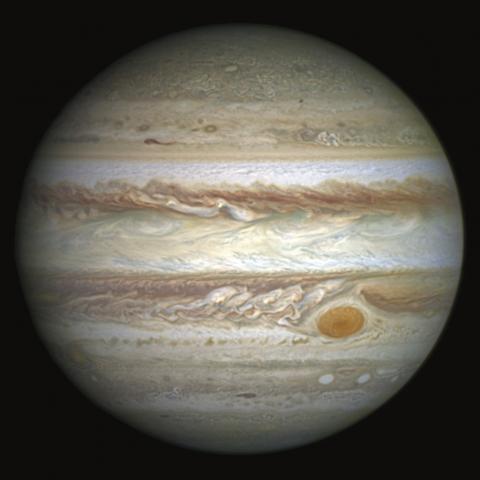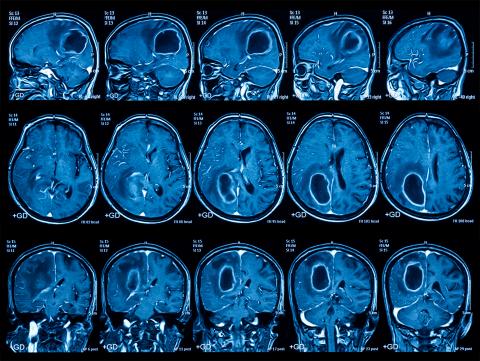
During 2016, the construction of the 750 MHz Radio-Frequency Quadrupole (RFQ) was successfully completed.

VESPER stands for Very energetic Electron facility for Space Planetary Exploration missions in harsh Radiative environments. It is a high-energy electron beamline for radiation testing, part of the CTF3 (Compact Linear Collider Test Facility) experimental linear electron accelerator at CERN.

Kryolize is a software tool for sizing relief valves that protect against overpressure, and benefits from funding from the CERN Knowledge Transfer Fund.

The ever-increasing magnetic fields required to achieve the desired energies in colliders like the LHC and in the Future Circular Collider, are the main drivers for developing superconducting cable technology. Two technology synergies are emerging: high-field Magnetic Resonance Imaging (MRI) and "smart" superconducting grids.

Quasar is a software framework for generating OPC-UA servers, mostly used to control power supplies at CERN.

CERN signed a knowledge transfer agreement with the company ETM, a 100% owned subsidiary of Siemens AG.

A project to renew the emergency lighting systems within the LHC, and other tunnels of CERN's accelerator complex, has resulted in an innovative design for a radiation resistant power supply.

The CERN group of the Crystal Clear Collaboration is developing new fast detector prototypes for use in both high-energy physics experiments and medical imaging.

The CERN openlab project BioDynaMo aims to establish a high-performance, general-purpose platform, through which life scientists can easily create, run, and visualise three-dimensional biological simulations.

The start-up Terabee started off providing aerial inspections and imaging services by deploying drones.
